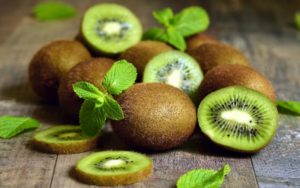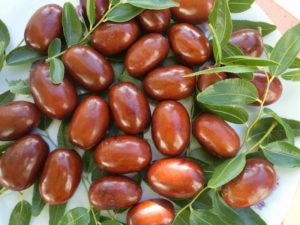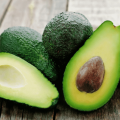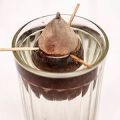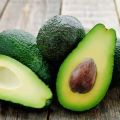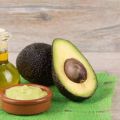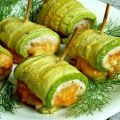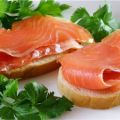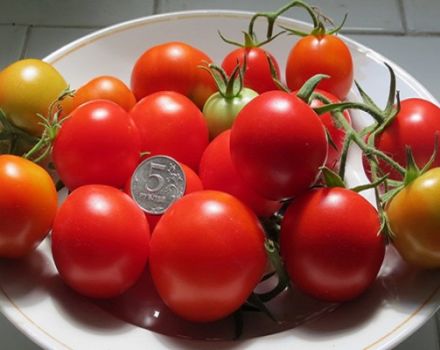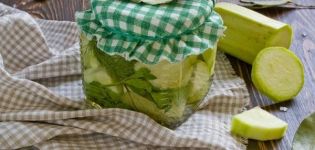Description and history of selection of the Haas avocado variety, application and how it differs from usual
Avocado, an exotic fruit for Russia, has recently appeared on store shelves. Many people are interested in the fruit because of its beneficial properties. It contains large amounts of vitamins, macro- and microelements, nonessential and essential acids, fats, proteins, carbohydrates, dietary fiber. Of the presented assortment, the Haas avocado is considered the most useful, it differs not only in composition, but also in appearance.
Botanical description of the species
Avocado (Āhuacatl) is a fruit tree, belongs to the genus Perseus of the Laurel family. The tree is tall, up to 20 m, evergreen, with a straight trunk and a branched crown. The leaves are bright green, shiny, dense, up to 35 cm long, elongated-oval, below the leaf plate is pale green with pronounced veins. The flowers are bisexual, small, inconspicuous, white-green, located in the leaf axils.
The fruits are elliptical, pear-shaped, spherical, depending on the variety. The skin is rough, smooth or bumpy, green, light green, dark green. The pulp is sweet, fatty, high-calorie, greenish or yellow-green in color. Fruit weight can reach 2 kg, minimum 50 g. In length from 5 to 20 cm. In the middle of the berry there is a small spherical bone of light brown color.
The plant is partially self-fertile, some varieties can be harvested all year round, like the Haas avocado.
Breeding history of the variety
An interesting fact, due to its qualities, avocado has become very popular in the USA, Canada, Mexico, China, it began to influence the economies of countries... Avocado Haas is a large fruit up to 300 g, the skin is lumpy, dark green, almost black, has the popular name "alligator pear".
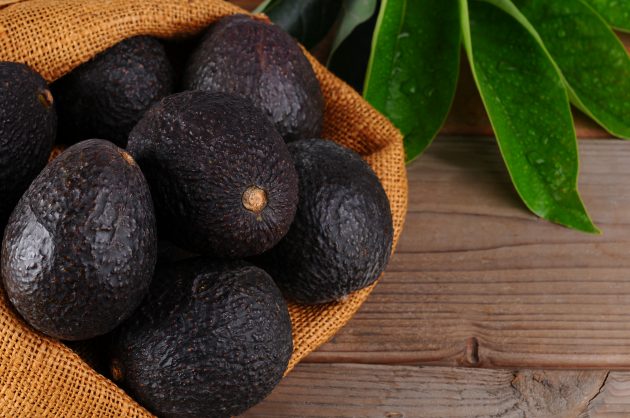
The variety was bred from two varieties of Mexican and Guatemalan avocado, amateur gardener Rudolph Haas planted 3 seeds in 1926, which he received in a California restaurant. There were many attempts at germination, one seedling grew strong, viable, then Rudolph was able to plant a branch from the Fuerte variety on it.
The fruits are of an unusual color, with a unique sweet taste and buttery aftertaste.
A few years later, in 1935, the grower patented his cultivar and entered into a major contract with a nursery in Whittier, California. This variety gave the basis for most of the planted avocados in America.Subsequently, the mother tree bore fruit for about 76 years, after which it died from root rot in 2002; a memorial plaque was erected in his honor near the planting site.
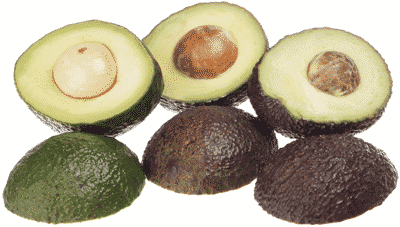
What is different from the usual
The Haas variety differs from ordinary avocados in appearance, nutritional value, taste and application.
External parameters of the bush
Appearance home-grown avocado has no decorative value, since the leaves often crumble. It grows quickly, a deep pot is needed, since the root system goes deep.
The type and taste of the fruit
The fruit is medium in size, weighing from 150 g to 300 g, size 8-15 cm, the skin is coarser, dark green. The shape is pear-shaped, inside is a chocolate-colored stone. The fruit tastes fat, oily, sweet, with a nutty flavor. The content of vitamins exceeds 15-18%.

Growing region and suitable climatic conditions
Growing avocados requires a warm climate, subtropical or tropical. Industrial cultivation in the USA, Brazil, Canada, Mexico, Africa, Israel, Spain, China, Australia, Ecuador. Grows on slopes with a humid climate, in well-moisturized and light soil. In the climatic conditions of Russia it is difficult to grow, only in indoor conditions or in a greenhouse.
When growing at home, remember that avocado leaves are toxic and can be harmful to health.
Where are the fruits of this plant used?
Avocados are used for cooking, cosmetics. Extracts and oil are made from the seeds of the fruit, which is also used in folk medicine and cosmetology.
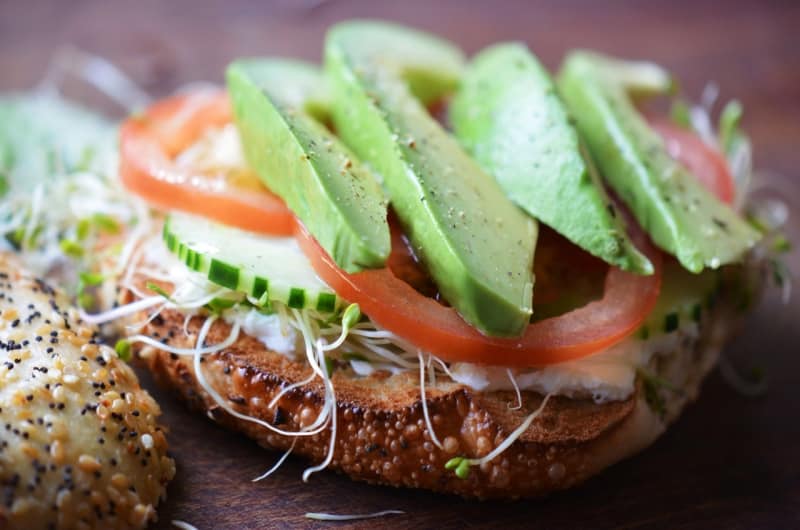
Cooking
The most popular avocado dish is "Guacomolle", made from grated fruit with lemon or lime juice and other vegetables and spices. Vegetarians often consume the fruit as it is high in protein. Salads are made from it, added to hot dishes, sushi, rolls, pastries and cocktails.
Cosmetology
The pulp and oil are added in the production of skin and hair care cosmetics. It improves skin elasticity, nourishes and moisturizes it. The oil is added to creams that have an antiseptic effect, it helps to regenerate tissues, promotes rapid healing of wounds, and eliminates some skin diseases - dermatitis, seborrhea, psoriasis.
Haas is used to treat and prevent cardiovascular diseases, and the fruit also helps to reduce weight due to the large amount of fiber.
